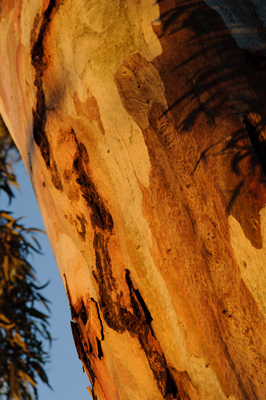 Our overall impressions of the places we visit are determined not only by the broad views, or those of well-known locations, but also by countless small items and seemingly insignificant details. The secret of success with close-ups is to train the eye to see potential subjects. Interesting subjects are everywhere but it is all too easy for a photographer to walk past them. Look for small architectural details, interesting forms and textures, abstract patterns, miniature natural objects and fine detail in made-made objects of all sorts.
Our overall impressions of the places we visit are determined not only by the broad views, or those of well-known locations, but also by countless small items and seemingly insignificant details. The secret of success with close-ups is to train the eye to see potential subjects. Interesting subjects are everywhere but it is all too easy for a photographer to walk past them. Look for small architectural details, interesting forms and textures, abstract patterns, miniature natural objects and fine detail in made-made objects of all sorts.
An essential requirement for successful images of this type is the ability to achieve a suitable reproduction ratio – that is, the subject should look reasonably large in the viewfinder. Most normal lenses on compact cameras, and film or digital SLRs, do not focus closer than about half a metre. To get any nearer to a subject it is necessary to use some type of close-up equipment. Supplementary close-up lenses are perhaps the cheapest option but image quality may not be particularly good. Extension rings are useful, if somewhat inconvenient to use, but a macro lens is the best option. Most lenses of this type achieve reproduction ratios of 1:2 or even 1:1.
As the reproduction ration increases, so the amount of light reaching the lens decreases. It is therefore essential to have good lighting or an adequate artificial light source, and a fast film or ISO equivalent setting. Depth of field is always an issue in any type of close-up work, and decreases as reproduction ratio increases, so the use of a small aperture is important. Bear in mind that depth of field extends approximately one-third in front of the focus point and two-thirds beyond it. It is also vital to mount the camera on a stable tripod because the effect of camera movement is also magnified as reproduction ratio increases. Ring-flash, which utilizes a circular flash tube that surrounds the lens, may prove an effective light source for very close work.






